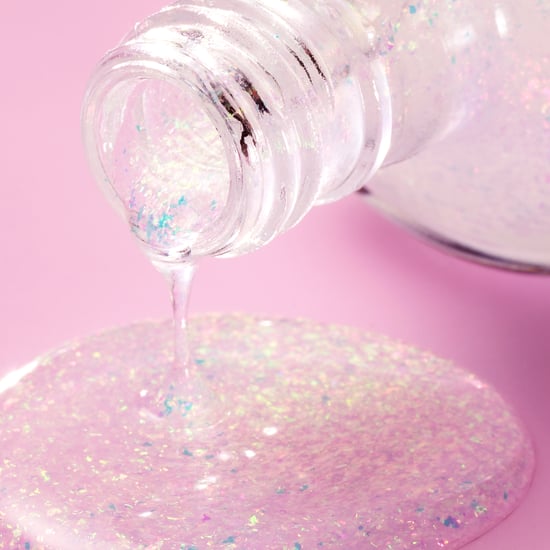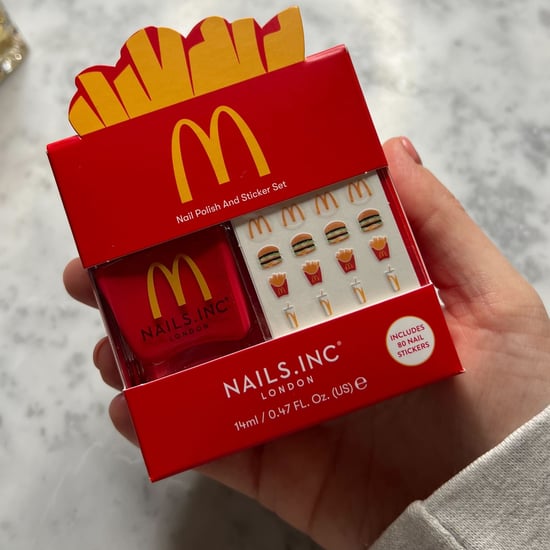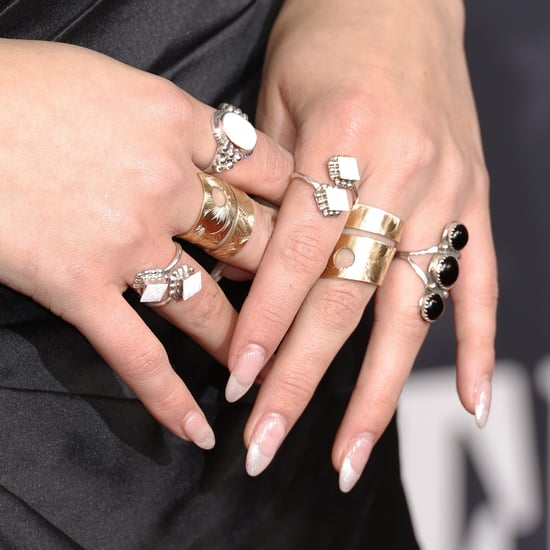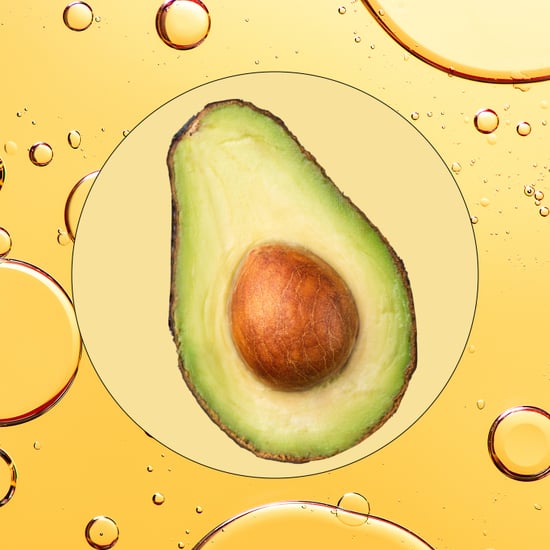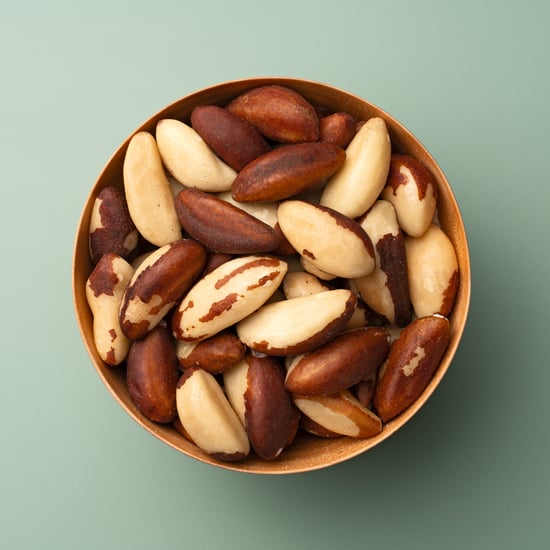What Is Nail Pitting?
Everything to Know About Nail Pitting, According to Experts
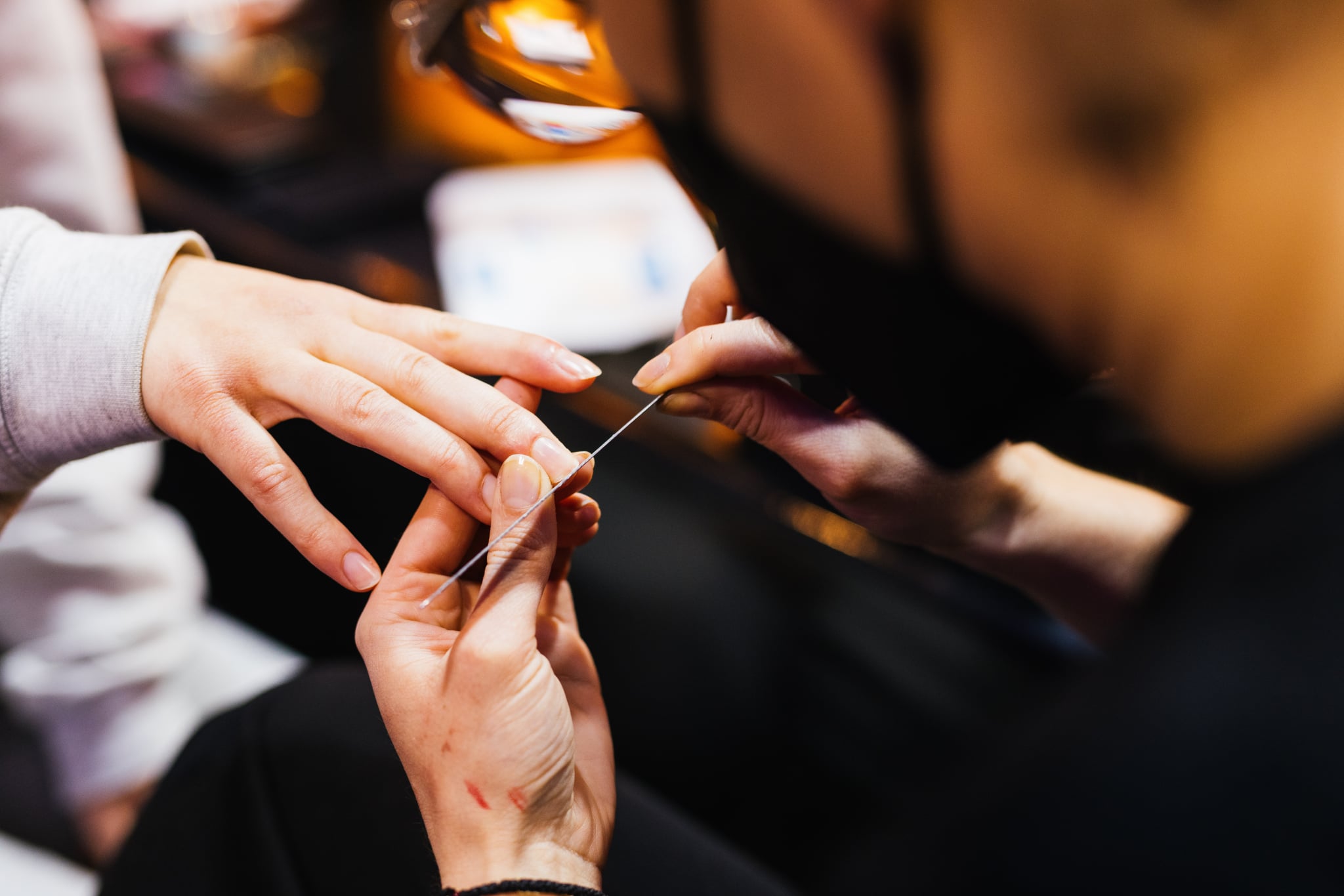
Be honest: how often do you thoroughly examine your fingernails and toenails? At your biweekly manicure appointment at your favourite nail salon or rarely (if at all)? If you've ever taken a look at your hands or feet and found a dent in your fingernail, you might be wondering exactly what it is and how it got there. While it could be a fluke, an indentation from an injury, or the product of an at-home manicure gone wrong, if you notice multiple dented fingernails or multiple dents across different nails, it could actually be what is referred to as nail pitting.
Pitted fingernails refer to depressions in the fingernails or toenails and are most often seen when someone has nail psoriasis but can be a symptom of many different underlying causes. Whether you need help identifying pitting nails, are trying to figure out if the dents are related to nail psoriasis, or just want to understand nail-pitting causes, we've got you covered.
Ahead, we chat with dermatologist Hadley King, MD-FAAD; Nava Greenfield, MD, board-certified dermatologist at Schweiger Dermatology Group; and Kunal Malik, MD, board-certified general and cosmetic dermatologist, who answered all of our questions about nail pitting, like what it is, what causes it, and what treatments are effective at eliminating it.
What Is Nail Pitting?
"Nail pitting refers to small, shallow, deep dents, or depressions that appear on the surface of the fingernails or toenails," Dr. Malik tells POPSUGAR. Dr. Greenfield adds: "They can be sparse, with just one to two pits noted, or abundant, with numerous pits in each nail."
If you're trying to identify whether or not you are experiencing nail pitting, you'll want to start by examining your nails carefully. The indentations are typically 1-2 mm and round in shape. Nail pitting can also look like small white marks and can cause discoloration of the nails.
If you're unsure, you can consult with your doctor, and a biopsy can be done if more clarification is necessary.
Nail-Pitting Causes
There can be multiple different causes of nail pitting, so it's important to consult your doctor if you are experiencing it.
"Nail pitting is most commonly linked to psoriasis but can be associated with other conditions such as eczema, alopecia areata, and other inflammatory conditions or rheumatologic conditions," Dr. King says. Dr. Malik adds: "Other causes include atopic dermatitis, which is rare; connective-tissue diseases; or autoimmune conditions such as lichen planus, pemphigus vulgaris, and sarcoidosis."
If caused by nail psoriasis, in addition to nail pitting, your nails might become thicker or misshapen or have white, yellow, or brown discoloration. Nail psoriasis is not contagious and can be diagnosed by your doctor. If you are experiencing nail psoriasis, you may or may not also experience symptoms of psoriasis, a chronic anti-inflammatory skin condition, on other areas of your body.
Treatments For Nail Pitting
If the nail pitting is mild and isn't causing distress, it may not require treatment. Both Dr. Malik and Dr. King agree that managing nail pitting isn't easy because treatments aren't always effective.
"Generally, treating nail pitting is difficult, as topical medications are unable to easily penetrate through the nail plate to the nail bed," Dr. Malik says. However, Dr. King explains there are options such as the application of corticosteroids, calcipotriene, tazarotene, or salicylic acid. "Injecting corticosteroids into the nail matrix can also be tried, although this is painful," he says.
Ultimately, treating nail pitting should be directed at the underlying cause. For example, Dr. Greenfield says that if there's an inflammatory condition, treating that underlying disease could result in an improvement of the nail pitting.
While it isn't possible to reduce nail pitting per se, Dr. Malik says you can aim to keep nails healthy by staying hydrated, eating well-balanced diets rich in nutrients such as vitamin B and zinc, keeping nails trimmed and short, and practicing caution with harsh manicures.
If the nail pitting isn't causing discomfort and your reasoning for wanting to get rid of it is purely cosmetic, you can always cover up the indentations with nail polish.
